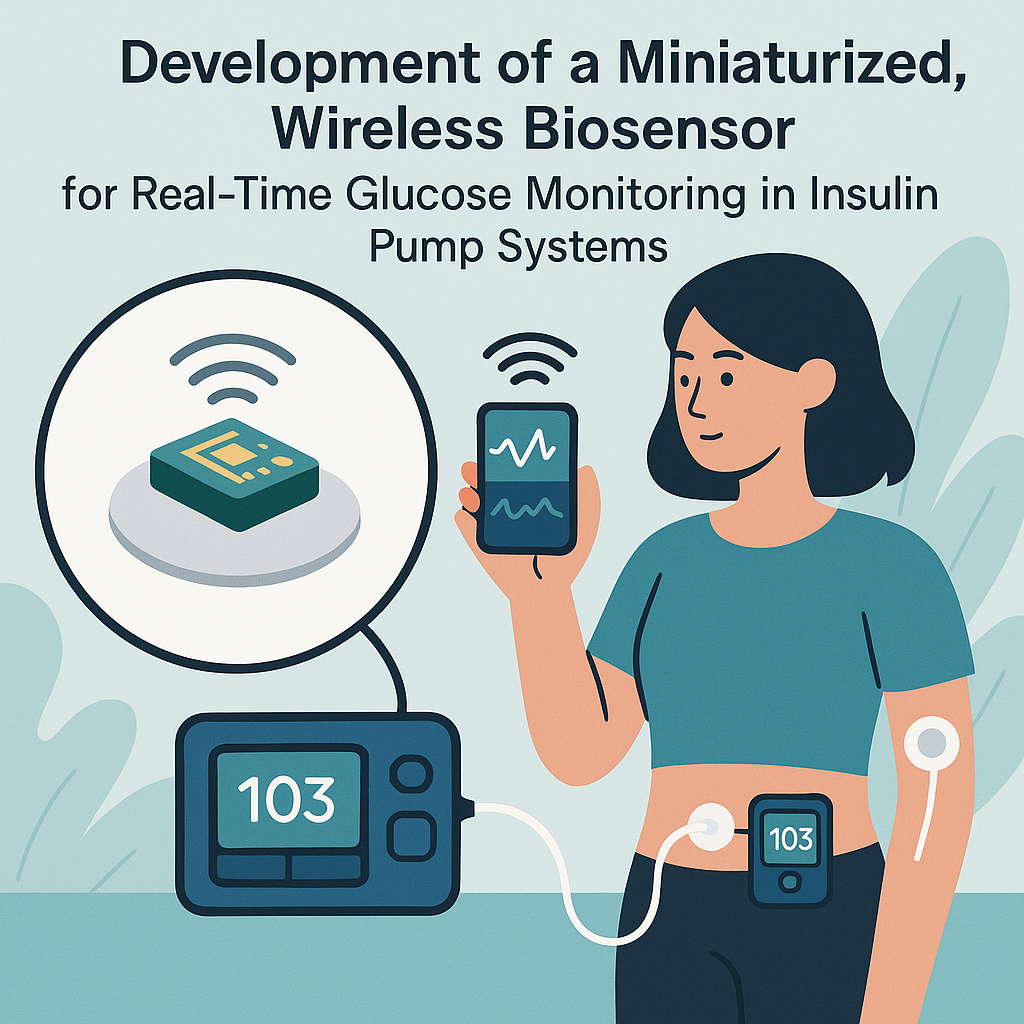Introduction
The advancement of diabetes management has seen significant innovations, particularly in the development of miniaturized, wireless biosensors. These devices have the potential to revolutionize real-time glucose monitoring, especially when integrated into insulin pump systems. This blog post delves into the development process, benefits, challenges, and future prospects of these biosensors.
Understanding the Need for Real-Time Glucose Monitoring
Diabetes management relies heavily on accurate and timely glucose readings. Traditional methods, which often involve finger-pricking and periodic blood glucose checks, can be cumbersome and painful. Here are some key reasons why real-time monitoring is essential:
- Immediate Feedback: Real-time data allows for immediate adjustments to insulin delivery.
- Improved Control: Continuous monitoring can lead to better glycemic control.
- Enhanced Safety: Early detection of hypo- or hyperglycemia can prevent severe complications.
Development of Miniaturized Biosensors
The development of miniaturized biosensors involves a combination of advanced materials science, electronics, and biomedical engineering. Here are some crucial steps involved:
1. Sensor Design and Materials
Key considerations in the design of miniaturized biosensors include:
- Size: The sensors must be small enough for comfortable wear but large enough to house the necessary technology.
- Biocompatibility: Materials used must be safe for prolonged contact with the human body.
- Durability: The sensors should withstand daily wear and tear while maintaining accuracy.
2. Wireless Technology Integration
Wireless communication is fundamental for real-time data transmission. The integration of technologies such as:
- Bluetooth: Provides a reliable connection to smartphones and insulin pumps.
- RFID: Allows for quick data exchange without the need for batteries.
3. Data Processing Algorithms
The efficacy of the biosensor hinges on the data processing algorithms used to interpret the glucose levels. Key aspects include:
- Calibration: Regular calibration is essential for accuracy.
- Machine Learning: Algorithms can predict glucose trends based on historical data.
Challenges in Development
Despite the promising advancements in biosensor technology, several challenges remain:
- Accuracy: Ensuring consistent and accurate readings across various physiological states.
- Interference: Minimizing interference from other substances in the bloodstream.
- Regulatory Approval: Navigating the complex FDA approval process for medical devices.
Benefits of Wireless Biosensors in Insulin Pump Systems
The integration of wireless biosensors into insulin pump systems offers numerous advantages:
- Seamless Integration: Wireless biosensors can be integrated directly into insulin pumps, providing a more streamlined user experience.
- Continuous Monitoring: Users can receive real-time glucose levels without the need for manual checks.
- Automated Insulin Delivery: With continuous monitoring, insulin delivery can be automatically adjusted based on current glucose levels.
Future Prospects
The future of miniaturized, wireless biosensors for glucose monitoring is promising. Potential developments include:
- Smartphone Integration: Enhanced features through mobile applications can provide users with comprehensive management tools.
- Wearable Technology: Development of wearable devices that can monitor glucose levels continuously and seamlessly.
- Advanced Algorithms: Improved predictive analytics for better diabetes management and personalized medicine.
Conclusion
The development of miniaturized, wireless biosensors for real-time glucose monitoring represents a significant leap forward in diabetes management. While challenges remain, the benefits of enhanced accuracy, seamless integration, and automation in insulin delivery systems are undeniable. As technology continues to evolve, the prospect of achieving optimal glycemic control with minimal user intervention becomes increasingly achievable, paving the way for a healthier future for individuals living with diabetes.



